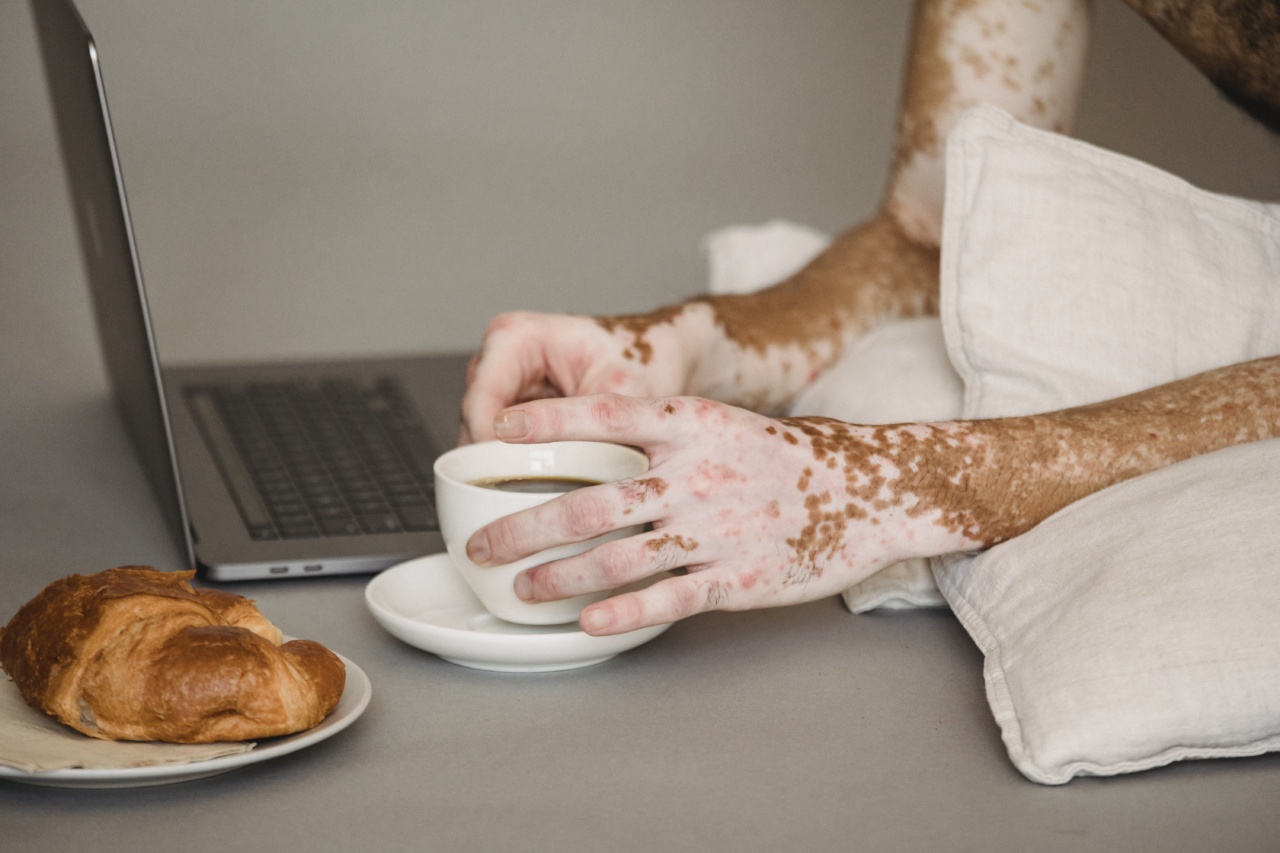Psoriasis is a chronic skin condition that affects millions of people worldwide. It is an autoimmune disease characterized by the rapid buildup of skin cells, leading to the formation of dry, itchy, and flaky patches on the surface of the skin.
In this article, we will delve deeper into understanding psoriasis, its causes, symptoms, available treatment options, and ways to manage it for a better quality of life.
Causes of Psoriasis:
The exact cause of psoriasis is yet to be fully understood. However, it is believed to result from a combination of genetic, environmental, and immune system factors.
People with a family history of psoriasis are more likely to develop the condition, indicating a genetic predisposition. Additionally, certain environmental triggers such as stress, infections, and injuries to the skin can also contribute to the onset or exacerbation of psoriasis.
Types of Psoriasis:
Psoriasis can manifest in several different forms, each with its own distinct characteristics:.
1. Plaque Psoriasis:
Plaque psoriasis is the most common form, accounting for about 80% of cases. It is characterized by raised, red patches covered with silvery scales. These patches typically appear on the elbows, knees, scalp, and lower back.
2. Guttate Psoriasis:
Guttate psoriasis usually starts in childhood or young adulthood and is often triggered by a bacterial infection such as strep throat. It presents as small, red, drop-shaped lesions on the torso, limbs, and scalp.
3. Inverse Psoriasis:
Inverse psoriasis mainly affects the skin in the armpits, groin, and under the breasts. It appears as smooth, red patches that worsen with friction and sweating.
4. Pustular Psoriasis:
Pustular psoriasis is characterized by the formation of pus-filled blisters surrounded by red skin. It can be localized to specific areas of the body or generalized, covering larger areas or even the entire body.
5. Erythrodermic Psoriasis:
Erythrodermic psoriasis is a severe and rare form that covers the entire body with a red, peeling rash. It can cause severe itching, pain, and fluctuating body temperature.
Common Symptoms:
The symptoms of psoriasis can vary depending on the type and severity of the condition. However, some common symptoms include:.
1. Red, inflamed patches of skin:
Psoriasis lesions are typically characterized by redness and inflammation. The affected areas may also be raised and covered with silvery scales.
2. Itching and irritation:
The buildup of dry skin cells can cause intense itching and irritation, leading to discomfort and sleep disturbances.
3. Cracked and bleeding skin:
In severe cases, psoriasis can cause the skin to crack and bleed. This can be painful and may increase the risk of infection.
4. Nail changes:
Psoriasis can affect the nails, causing them to become thickened, pitted, or ridged. In some cases, the nails may also detach from the nail bed.
5. Joint pain and swelling:
Psoriatic arthritis, a common complication of psoriasis, can cause joint pain, stiffness, and swelling, leading to reduced mobility and discomfort.
Treatment Options:
While there is no cure for psoriasis, various treatment options are available to manage the symptoms and minimize flare-ups:.
1. Topical Treatments:
Topical treatments, such as corticosteroids, vitamin D analogues, and retinoids, are often the first line of defense against mild to moderate psoriasis. They work by reducing inflammation, controlling skin cell growth, and moisturizing the skin.
2. Phototherapy:
Phototherapy involves exposing the skin to ultraviolet light under medical supervision. This treatment can slow down the growth of skin cells, reduce inflammation, and alleviate symptoms.
3. Systemic Medications:
For severe psoriasis that does not respond to other treatments, systemic medications may be prescribed.
These medications, including biologics and oral immunosuppressants, work by targeting specific components of the immune system involved in psoriasis.
4. Lifestyle Management:
Adopting a healthy lifestyle can complement medical treatments and help manage psoriasis. Some lifestyle management techniques for psoriasis include:.
i. Moisturizing:
Regularly moisturizing the skin can help reduce dryness, itching, and flaking associated with psoriasis. Use fragrance-free, moisturizing creams or ointments that lock in moisture.
ii. Stress Management:
Stress can trigger or worsen psoriasis flare-ups. Practicing stress management techniques such as yoga, meditation, and deep breathing exercises can help reduce stress levels and promote overall well-being.
iii. Avoiding Triggers:
Identifying and avoiding triggers such as certain medications, infections, and skin injuries can help prevent flare-ups. It may also be beneficial to minimize alcohol consumption and quit smoking.
iv. Healthy Diet:
Avoiding inflammatory foods and consuming a nutrient-rich diet can support overall skin health. Include foods rich in omega-3 fatty acids, antioxidants, and vitamins to help reduce inflammation and promote healing.
Conclusion:
Psoriasis is a chronic skin condition that can significantly impact a person’s physical and emotional well-being.
While it cannot be cured, understanding its causes, symptoms, and available treatment options can empower individuals to manage their condition effectively. By combining medical treatments with lifestyle management techniques, people with psoriasis can strive for holistic wellness and minimize the impact of this chronic skin disorder on their lives.





























